Winter roads cause stress for new drivers
Junior Katie Ritzema firmly gripped her steering wheel as she pulled out of her driveway. This day was different. This was the first day that she was driving to school by herself on snowy roads.
Like many other first-time drivers, Katie was nervous for her first trek through the snow-covered lanes in the early hours of the morning.
“I almost turned around,” Katie said. “I went out of my cul de sac and was driving down the road. I almost went home and asked my mom to drive me, [but] it ended up being okay.”
As a new driver, Katie has had the luxury of parking her car in the student parking lot once she arrives at school. This luxury, though, turns out to be both a positive and negative when it comes to winter driving.
Many new drivers are worried about parking in the student lot because of all the quantity and recklessness of other student drivers even on sunny days, let alone when there is snow covering all of the parking spots.
“The parking lot was a mess,” Katie said. “You could not see the lines at all, and I was like, ‘What even is this?’”
This issue of not being able to see the lines in the parking lot is an issue that many students face in the student lot, and it causes extra anxiety to an already stressful commute to school.
Sophomore Holly McLenithan recently got her driver’s license and agrees that the morning commute can be stressful, especially on wintry roads.
“I’m always worried about not being able to see the ice on the roads,” Holly said. “If it’s black ice or something, and I start sliding when I’m turning or trying to stop, [I get nervous].”
Many things can be distractions, but the added worry of ice and weather makes it even more worrisome for new drivers.
“I listen to music and have friends in the car a lot,” Holly said. “I [still do these same things in the winter] unless it’s really, really icy [because] then I focus more.”
Focusing on driving is a feat that many experienced drivers struggle with too, especially with the increasing number of phones. For some students, like junior Josh Ackerman, other drivers are actually more nerve-wracking than the ice itself.
“I take it slow, and I rarely don’t stop when I intend to,” Josh said. “I try to avoid driving in the winter, especially when the roads are [really] bad. It’s just not fun, and I’d rather not have to worry about sliding around or having to deal with other cars not knowing how to drive in the snow.”
In order to prepare himself for the wintry conditions, Josh takes time to learn how his car works and practices driving on wintery roads. This practice has kept Josh out of accidents that some of his classmates have been involved in.
“[My friend] Danny Dykstra was in [an accident] on Veteran’s Day,” Josh said. “I am pretty sure his car had to be towed because he had to be picked up and driven to school.”
Because of the increasing number of cars on the road, there is an increasing number of accidents. Luckily, Josh, along with Holly and Katie, has managed to stay out of any winter-related accidents.
Having been able to stay out of icy accidents has given all of them a small area of expertise on the things that they are doing right and what they recommend that other young drivers do.
“New drivers should know that even if the roads don’t look slippery, it doesn’t mean that they aren’t,” Josh said. “Always give yourself extra space [when] following cars and extra time [when] coming to a stop.”
Many new drivers, though, fail to accept this advice because they are either too excited about finally being able to drive or are under the impression that they know everything about driving, believing that nothing bad will ever happen to them.
Despite not being in a real accident herself, Holly is able to realize something that many young drivers fail to realize.
“New drivers don’t realize that car accidents are a real thing that can happen to people,” Holly said. “It’s the kind of thing [that] you hear about on the news, but you don’t know what it’s like until it happens to you. You’re just so much more aware of it once you’ve experienced it. Before that, it’s not something you ever considered a reality.”
It’s the kind of thing [that] you hear about on the news, but you don’t know what it’s like until it happens to you. You’re just so much more aware of it once you’ve experienced it.
— Holly McLenithan
Most accidents could be avoided by drivers being more alert and more focused on the roads rather than other distractions. Holly agrees with Josh in the fact that a driver can never really anticipate what another driver is going to do or what is going to happen on the road.
“It’s really, really important to be aware of the stuff going on around you,” Holly said. “You have to realize that there are a thousand other people around you who are just trying to get where they are going. They [aren’t going to worry about you], so you have to worry about yourself.”
Even though the first snow has barely graced the ground, The Farmer’s Almanac has predicted a “Polar Coaster” for this upcoming season. A polar coaster is a series of snows, melts, re-freezes, and melts over a course of a season. This allows for roads such as Cascade Road to become treacherous during these months with snow and ice in intermixing layers.
Approaching his second winter driving in harsh conditions and expecting the polar coaster theory to come true, Josh has six words for new drivers: “Take it slow and be cautious.”
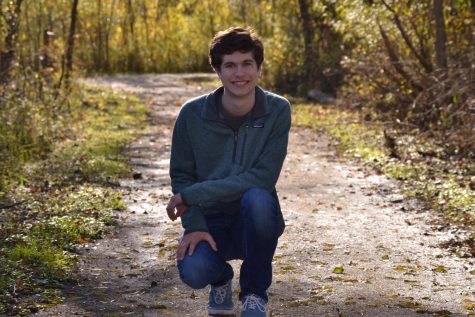
Dylan Wilson is a senior entering his first year on staff for The Central Trend. In his spare time, he can be found hanging out with family and friends,...















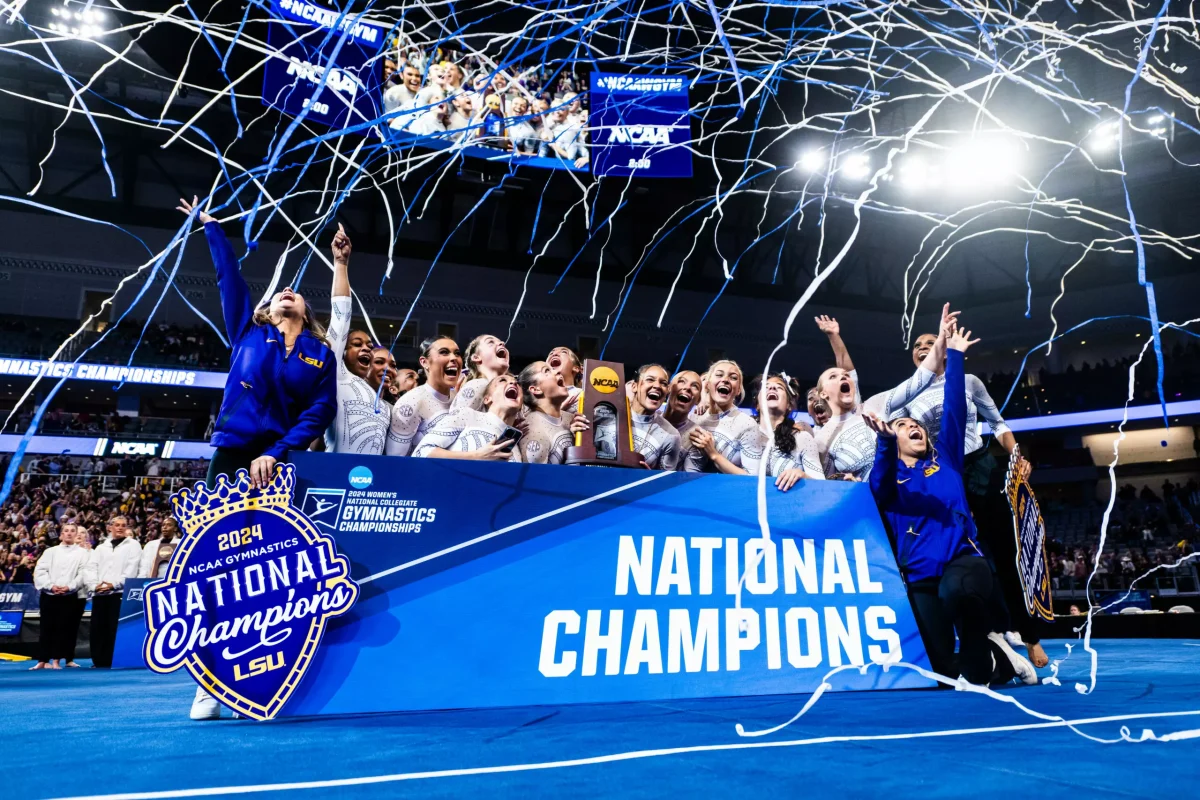

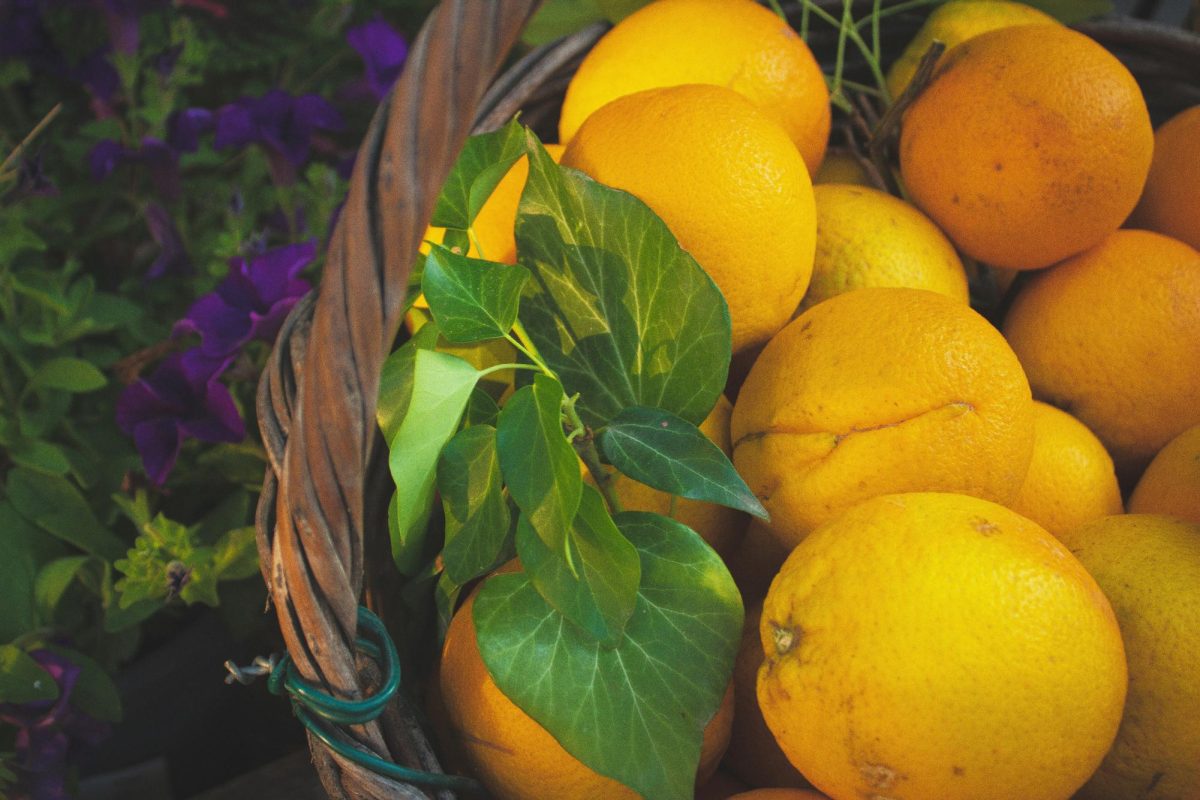

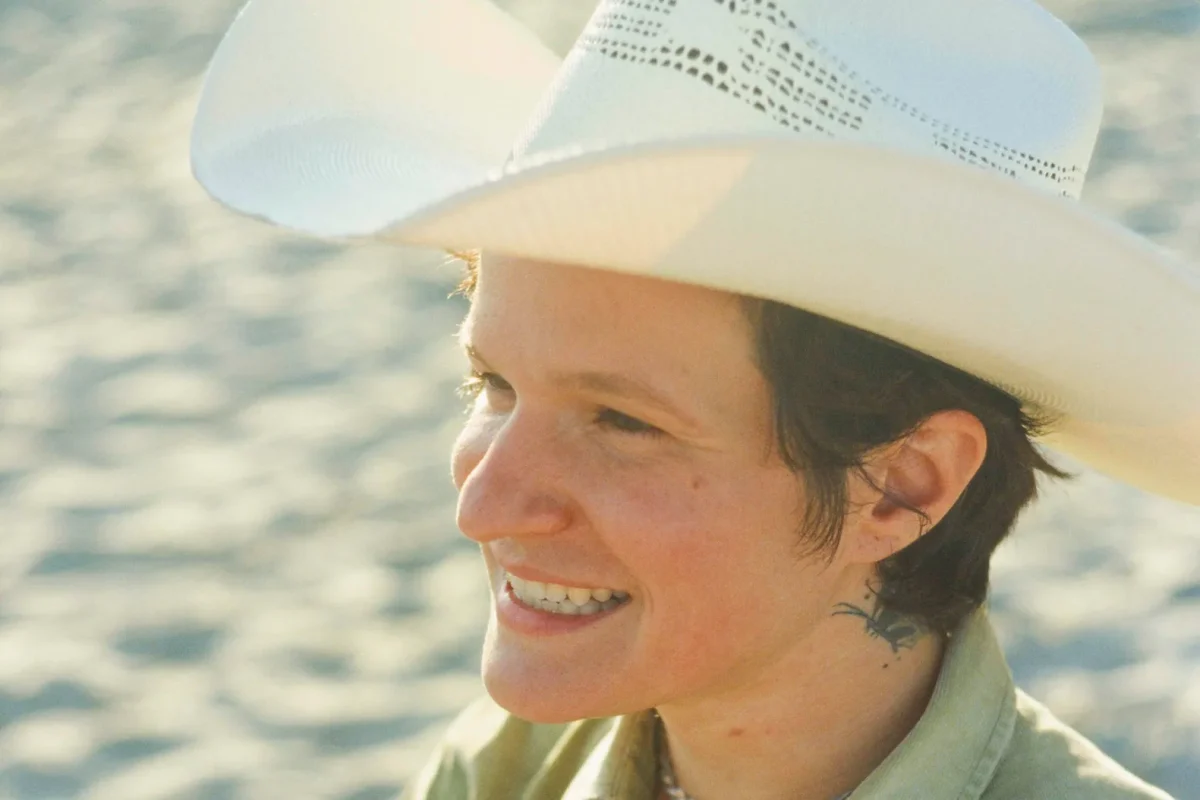

































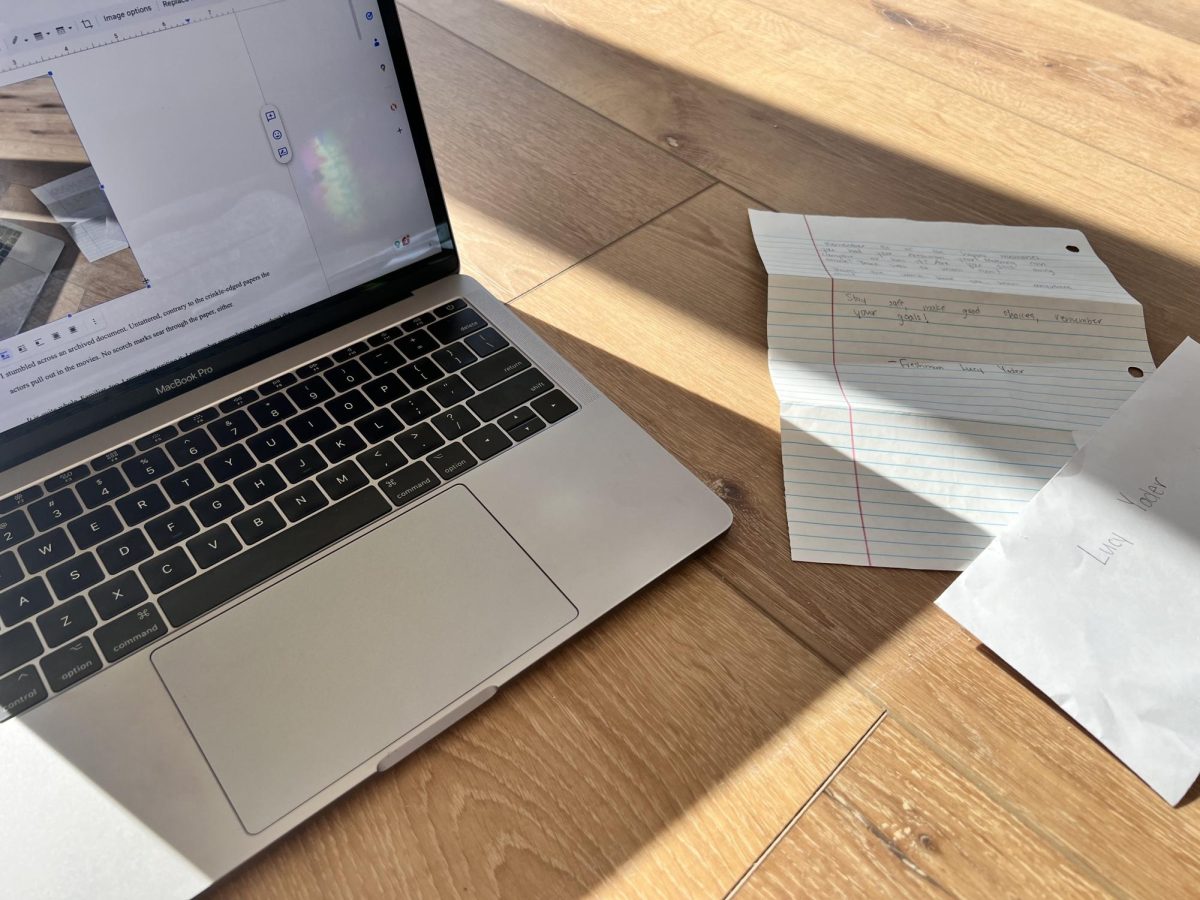
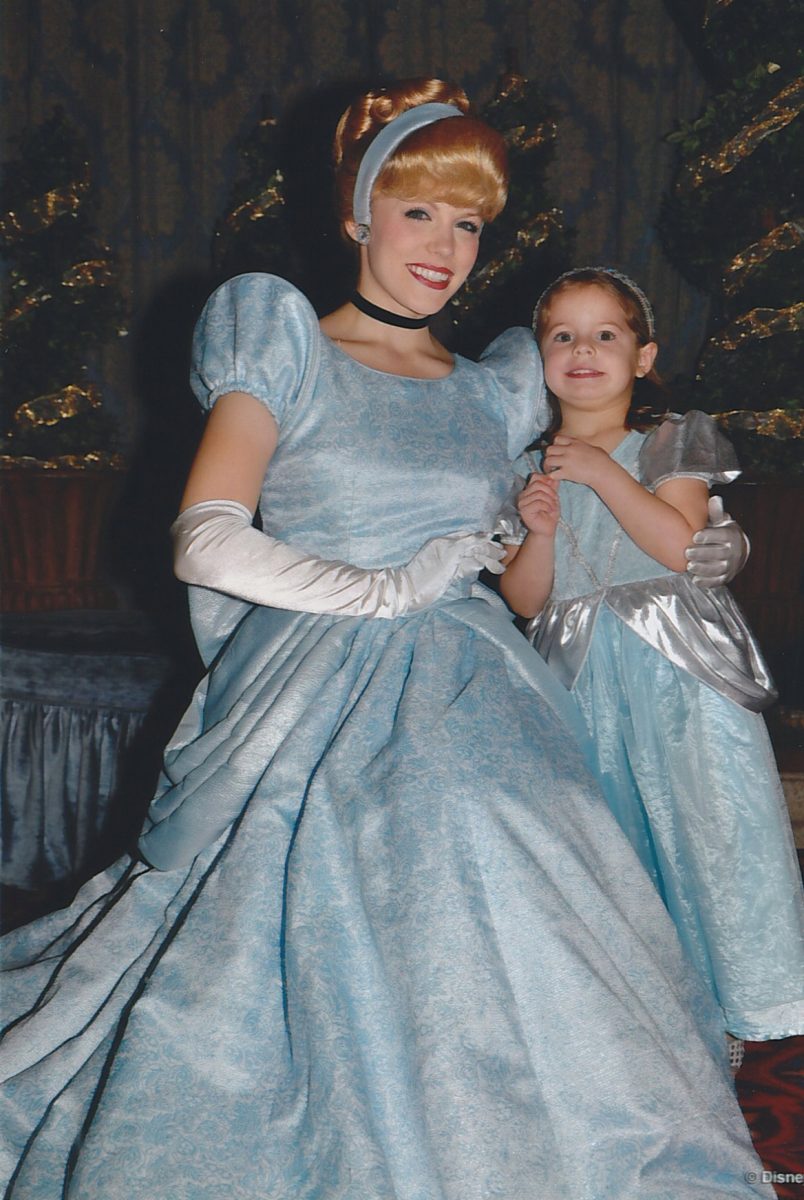

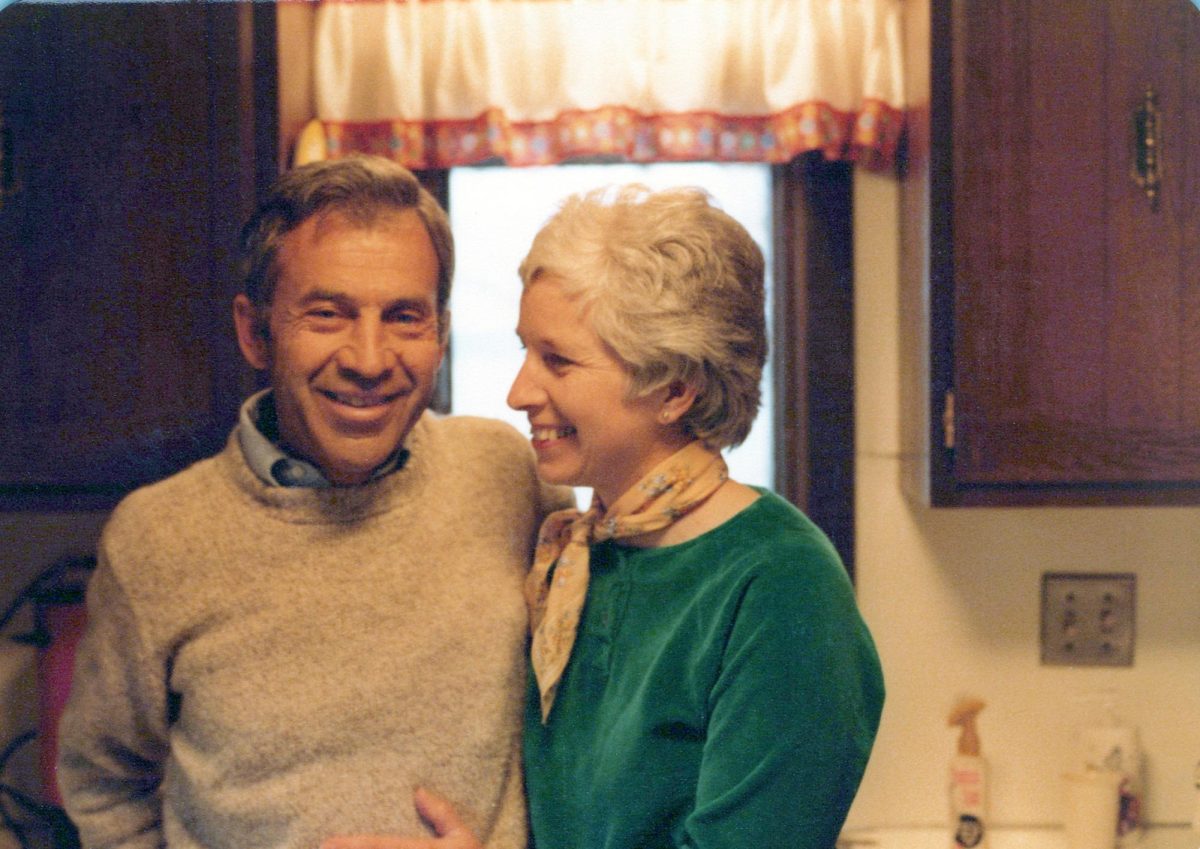
















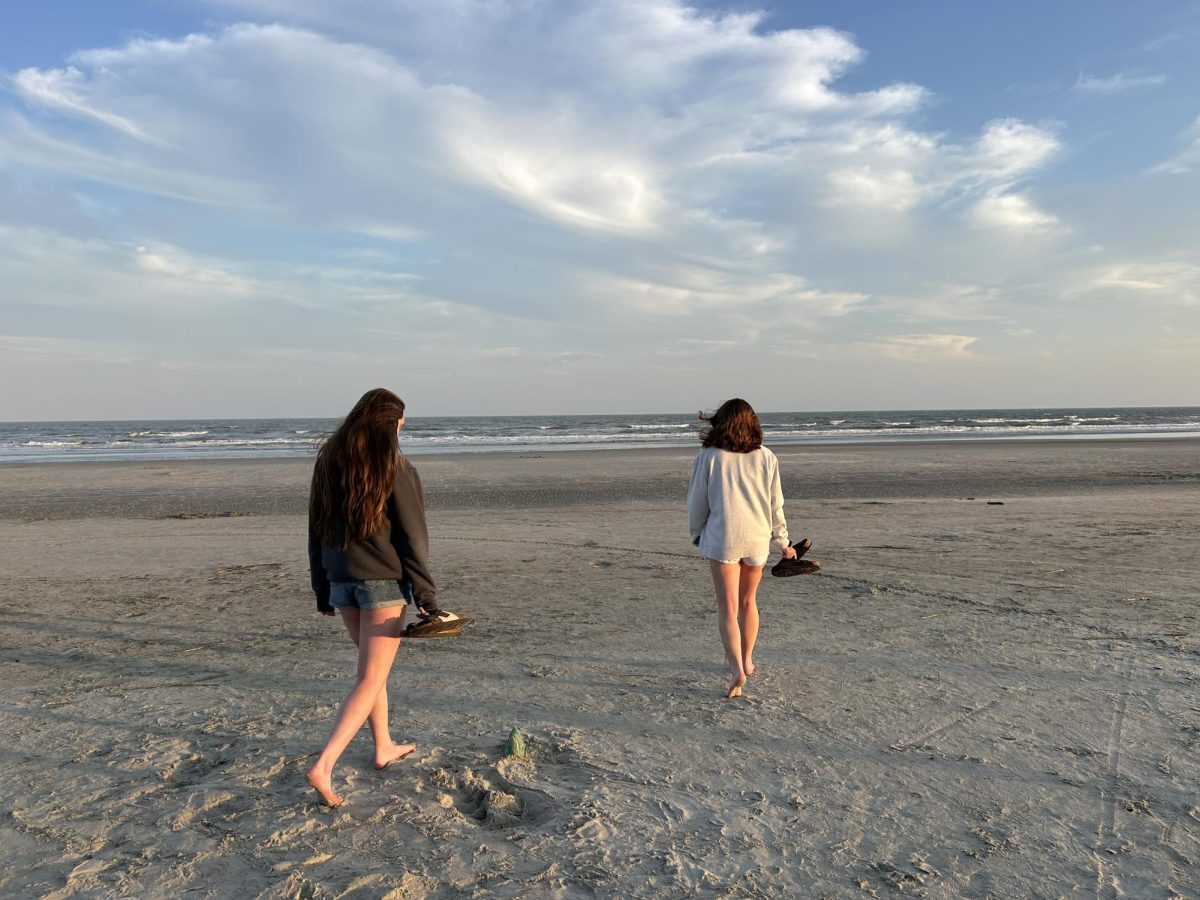





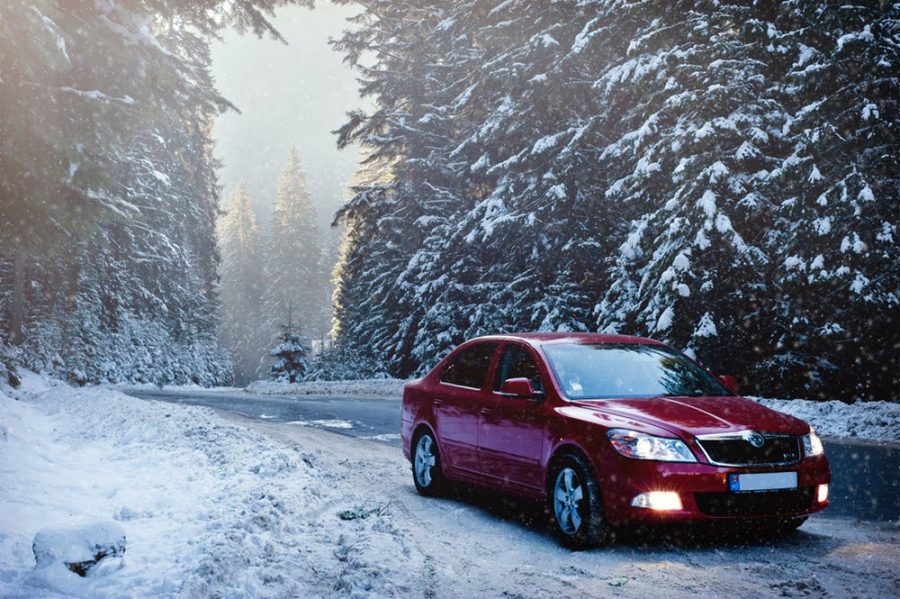

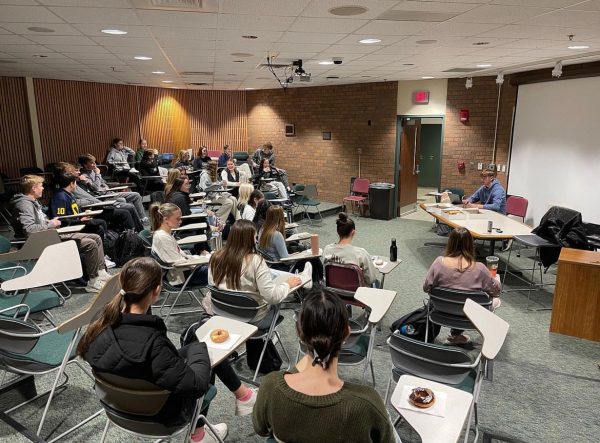



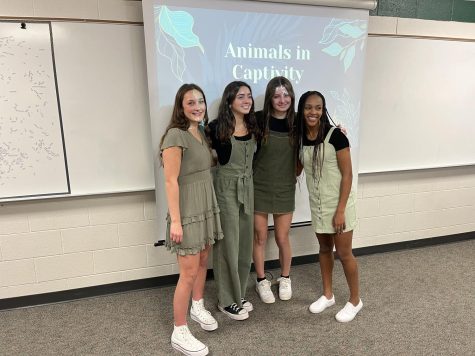

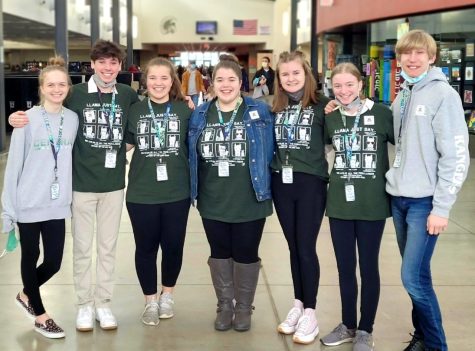
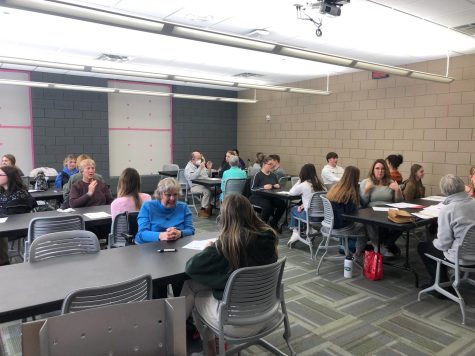
Eli Luyckx • Nov 21, 2019 at 6:03 pm
Oddly enough I enjoy driving in the winter because there is a actual reason to give people more space. But if I’m doing the same thing in the summer people don’t like the extra space.
It is easy to always give space and take it slow.